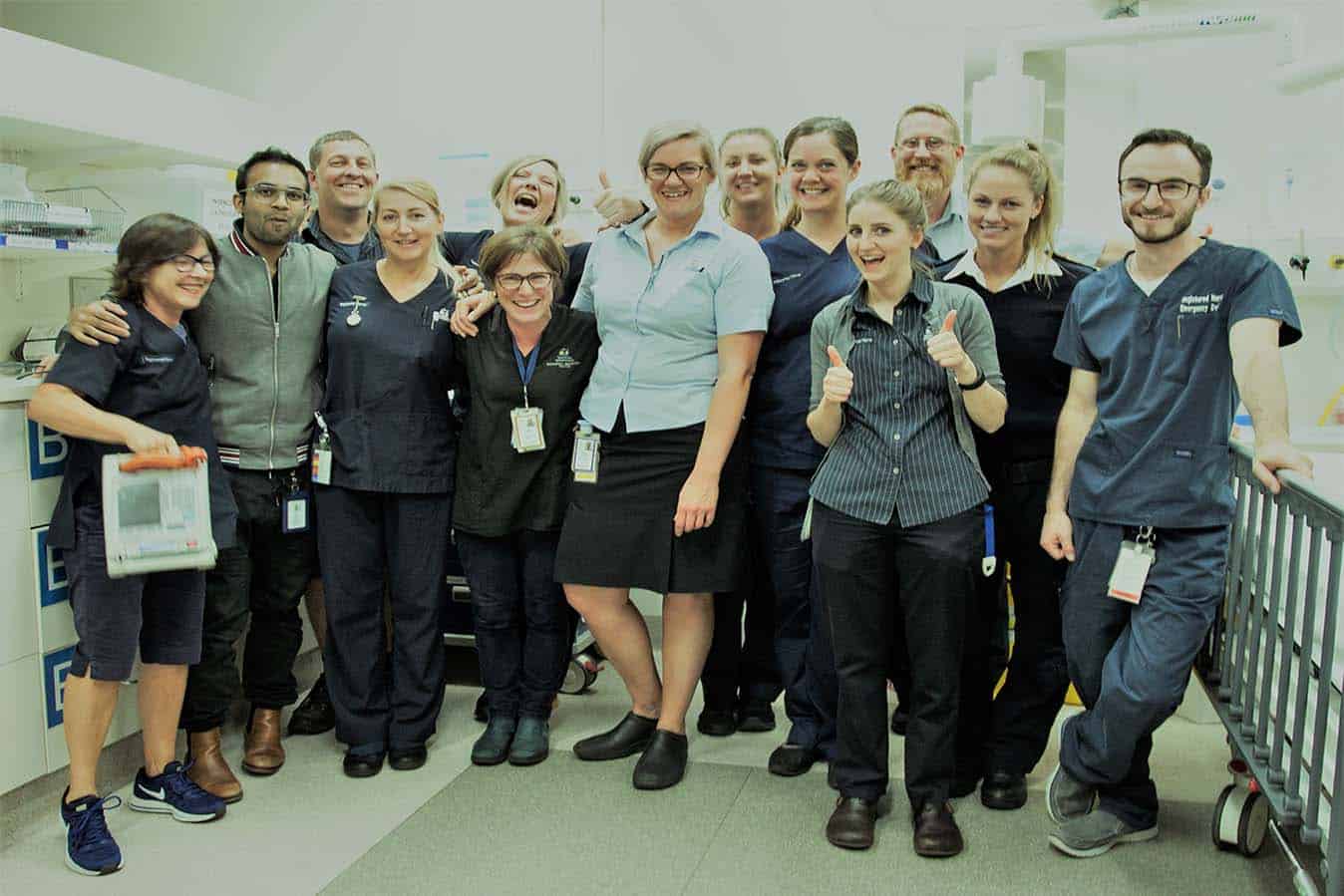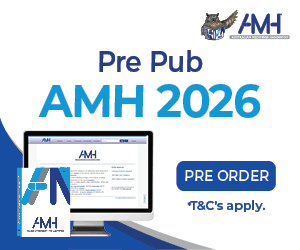One of the initial challenges I faced with undertaking a Nursing with Honours degree was conducting scholarly research within my own workplace.
I was confronted with, and surprisingly conflicted by, the anthropological concepts of Emic and Etic perspective.
The thesis concept itself had its genesis in numerous Emic observations; defined as studying a culture from within (Holloway & Galvin 2017, p6).
However, to effectively undertake research I had to adopt a more scientific Etic perspective; defined as studying a culture from an outside viewpoint (Holloway & Galvin 2017, p7).
This paradigm shift of perspective gave cause to examine some of the potential reasons for the sense of conflict I experienced when commencing the research.
Turning to the musings of other researchers it is immediately apparent that this sense of conflict is a known issue of conducting data collection in your existing workplace. Reflecting on experiences as an ethnographic researcher in her own workplace Simmons (2007, pp14-15) discusses how conflict issues did occur relating to her existing Emic professional role and that of the Etic ethnographer. However, the issues she highlighted as being problematic when undertaking the new role of ethnographer did not seem to fully reveal and explain the sense of conflict I had initially felt.
From my own Emic experience, the Emergency Department (ED) is a workplace that is both intoxicatingly challenging and equally laden with personal stressors.
These stressors are due to the very nature of clinical practice in a contemporary ED; with all its complexities and contradictions, professional and personal demands, its highs, its lows, its wins, its loses and its occasional dangers.
This personal perspective is mirrored by Adriaenssens et al. (2015) in their systematic review of qualitative studies focused on emergency nurses between the years 1989 to 2014.
In this paper they highlight some of these same stressors as contributing to ED nurses having an increased risk of professional burnout (Adriaenssens et al. 2015).
To help mitigate this personal stress, and thereby reduce the risk of professional burnout in this demanding environment, the reliance on a team approach is arguably a paramount strategy. From her examination of stress and how it affects men’s functional behaviour Seppala (2012) highlights the fundamental human need for social connection as it has been ubiquitously linked to physical and psychological wellbeing.
The benefits of belonging to a group not only fulfil our profound human need for social connection but also act in a protective fashion for individuals experiencing stress (Seppala 2012).
However, the bonds that are created and fostered within a team environment can also act upon the individuals at a level that reaches far beyond the usual professional supportive structures.
One analogy of this phenomenon that can both illustrate and support this statement are the well documented, and culturally celebrated, bonds that form amongst people who experience disastrous events as a group.
Events such as those in armed conflict Seppala (2012) makes specific mention of war veterans talking about the profound bonds that can form on the battlefield, which she states is understandably one of the most stressful situations that exist. She highlights the research in to physiological reactions to stress by neuroendocrinologist Professor Robert Sapolsky who hypothesises that moments of acute stress, such as those in a theatre of war, can lead to this profound social bonding (Seppala 2012).
When considering the human drive to seek succour from their close social group during times of great stress and the potential for unusually strong bonds to form in groups under such circumstances.
It starts to become clear to me the source of conflict I initially felt may be not only due to the academic transformation from Emic to Etic in perspective.
The swapping of lenses actually evoked a visceral reaction due to it jarring against the long-standing bonds that have been created through crux moments of acute stress shared with my own professional social group.
As a group, ED nurses frequently hear others describe us in various ways. Some descriptions flattering – some not.
The truth is we tend to revel in these colourful viewpoints as we view them as acknowledgment that we do something that is difficult to do.
However, does belonging to this group give me the right to lay claim to a sense of conflict because of ethereal concepts such as powerful interpersonal bonds? Are there any similarities between the moments of acute stress soldiers are hurled into on a battlefield compared to those of health professionals in a regional ED? From my own insider’s viewpoint, the sense of loyalty to the group and inner conflict was palpable. However, from my developing outsider’s perspective I am obliged to question if the environment has potential to catalyse such powerful interpersonal bonds.
In the context of sharing an almost overwhelming tide of work and labouring together to somehow lessen the seemingly endless abyssal of human mishap and suffering. Bearing witness to catastrophic losses and tragedy while also frequently seeing the most amusingly bizarre of human behaviours. Conducting ourselves throughout all of these experiences in an utterly professional manner but sometimes hiding away from this chaos to tell an amusing story that sparks utterly inappropriate but rejuvenating laughter. To not only survive in this environment that draws us like moths to a flame but to ultimately accomplish the unspoken but binding doctrine that others rely upon us for; ED nurses never give up.
All of our shared moments in time and the bonds they create go a long way in explaining the internal conflict I felt at the beginning of my research journey.
Because this reflection strikes an indelible chord of certainty within my culturally embedded Emic self and is also suggestive of an empirical truth to my emerging Etic perspective.
References
Adriaenssens, J., De Gucht, V., & Maes, S. 2015. Determinants and prevalence of burnout in emergency nurses: a systematic review of 25 years of research. International Journal of Nursing Studies, vol. 52, no. 2 pages 649-661.
Holloway, I., & Galvin, K. 2017. Qualitative Research in Nursing and Healthcare, 4th edn., John Wiley & Sons Ltd, West Sussex, UK.
Seppala, E. 2012. How the Stress of Disaster Brings People Together: New evidence that men are more likely to cooperate in difficult circumstances. Available at: scientificamerican.com/article/how-the-stress-of-disasterbrings-people-together/# Accessed 20 March 2017.
Simmons, M. 2007. Insider ethnography: tinker, tailor, researcher or spy? Nurse Researcher vol. 14, No. 4, pages 7-17
Author
Edward Davis is a senior RN at the Emergency Department, Launceston General Hospital. He is also a Lecturer in Nursing (Contracted) at the University of Tasmania ED nurses at Launceston General Hospital








